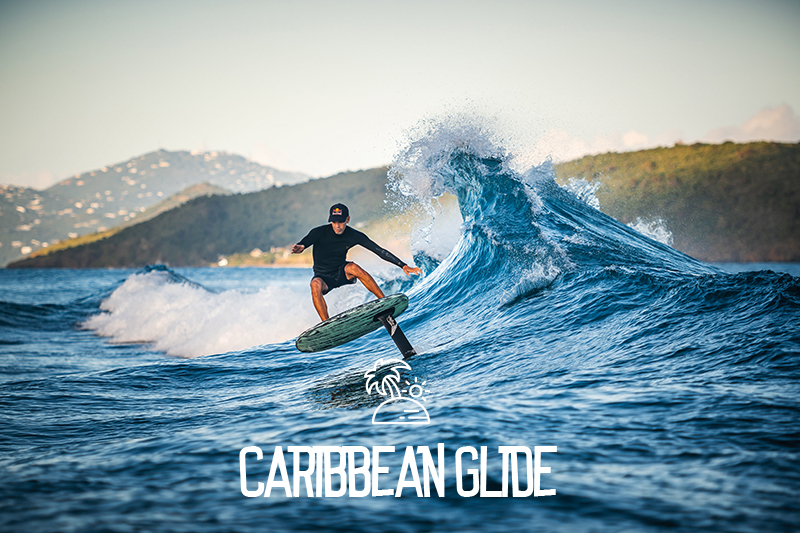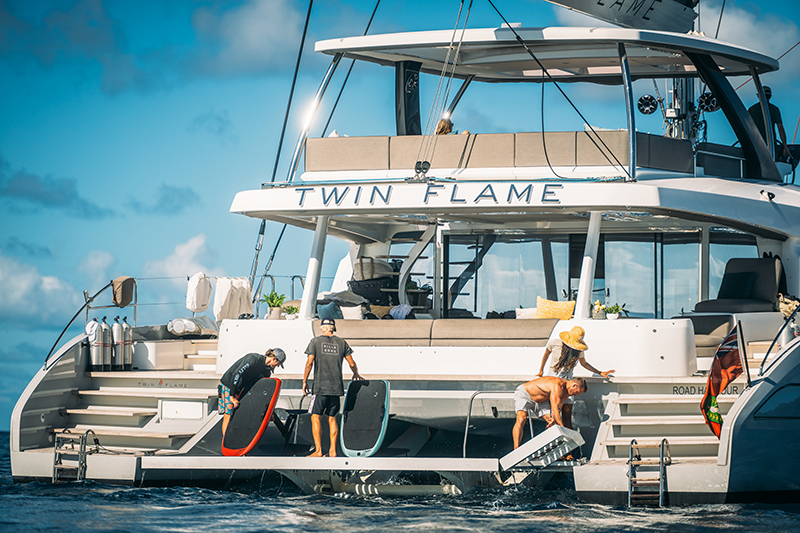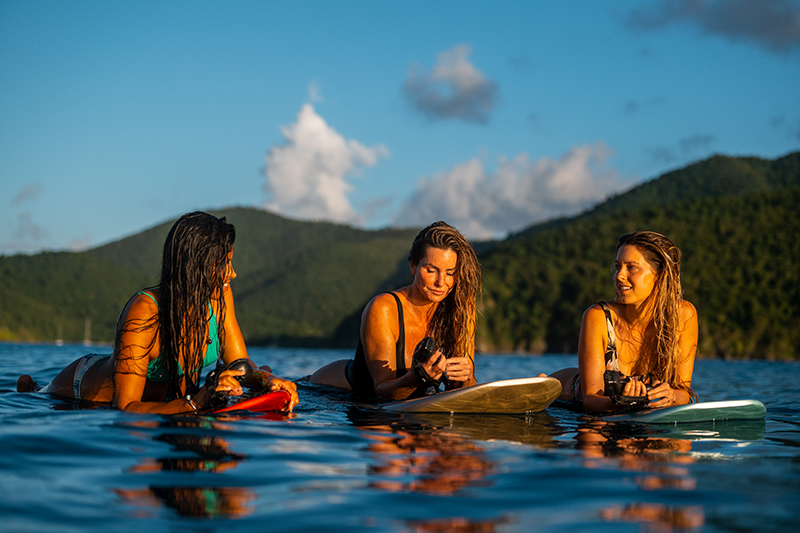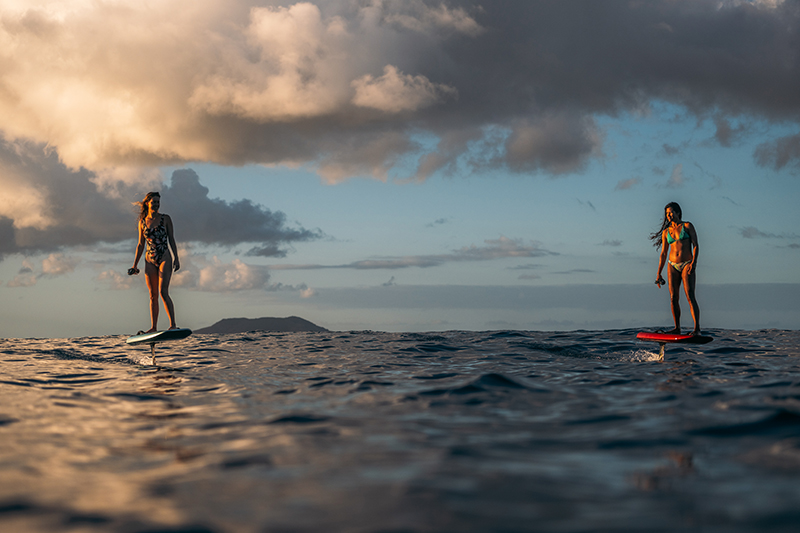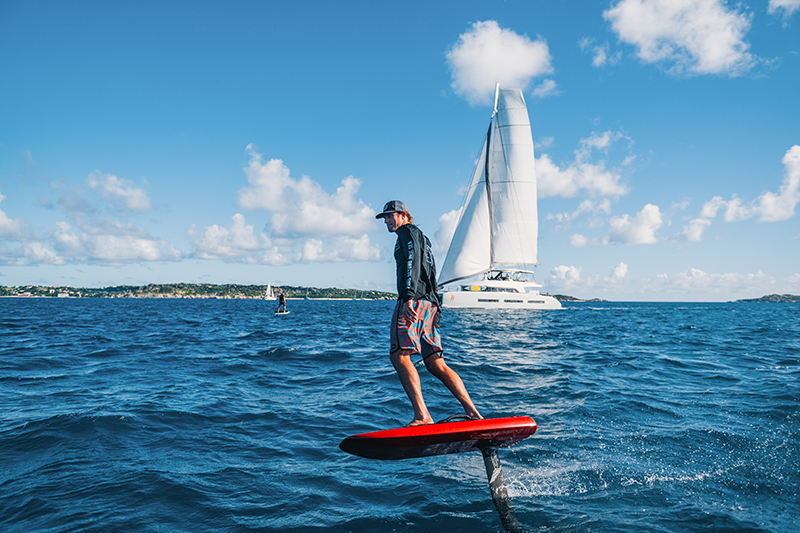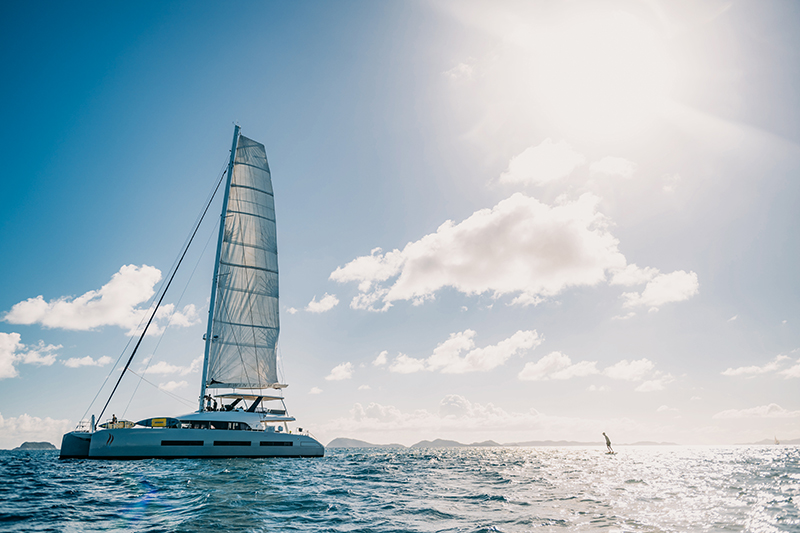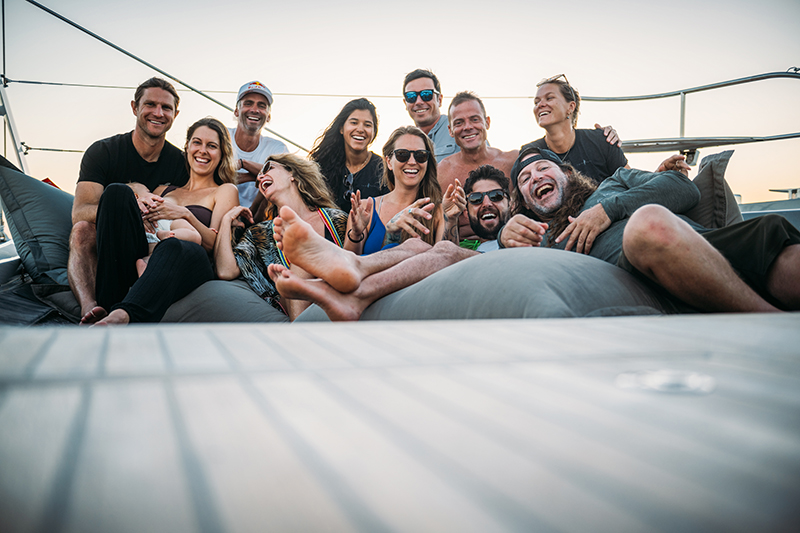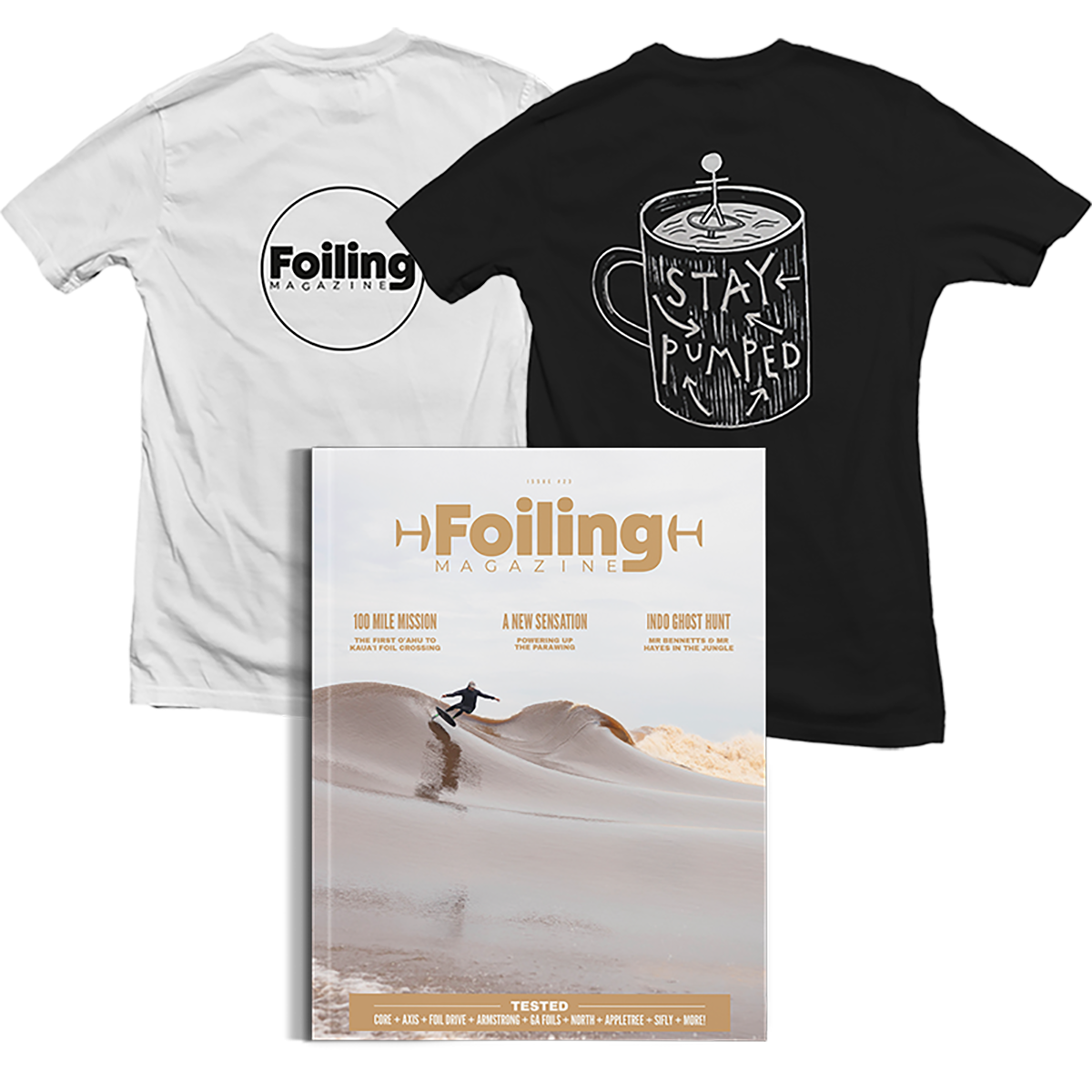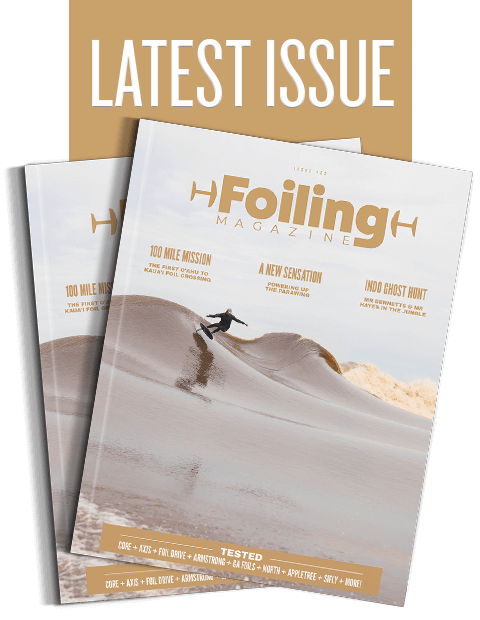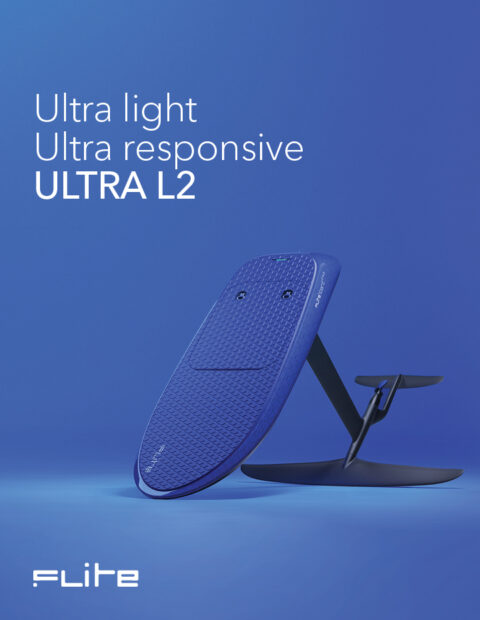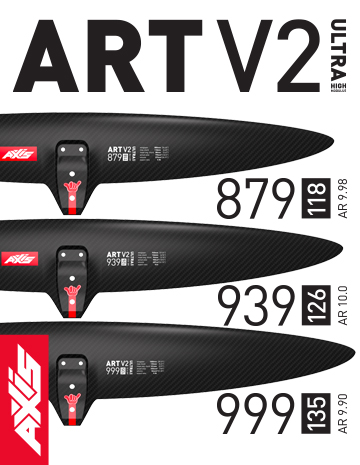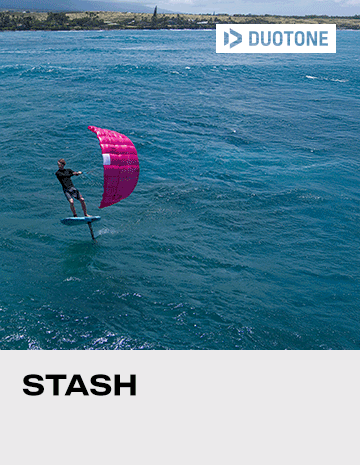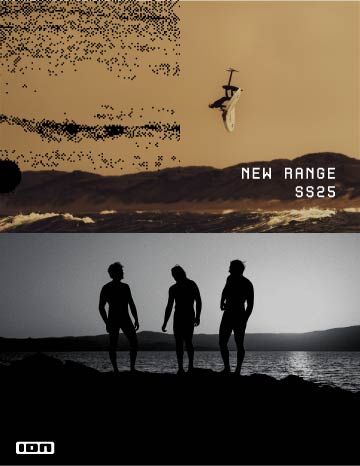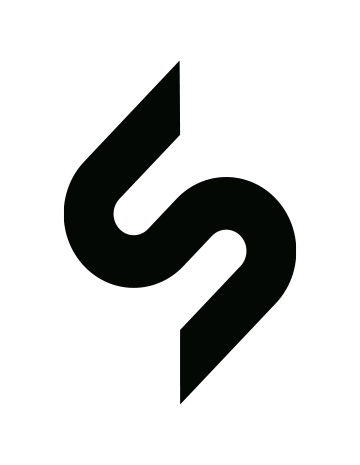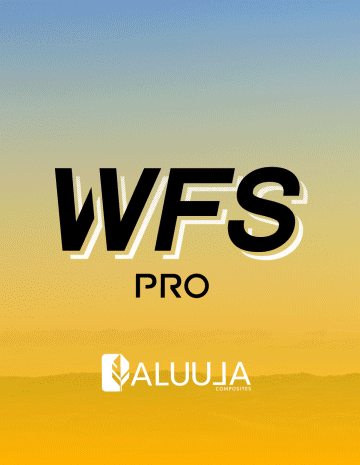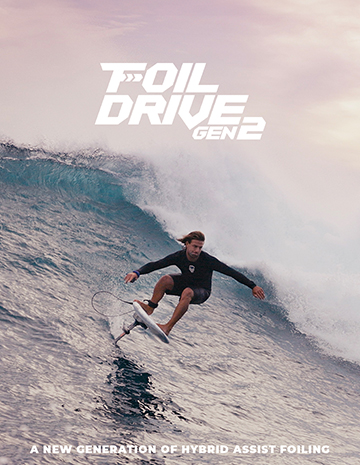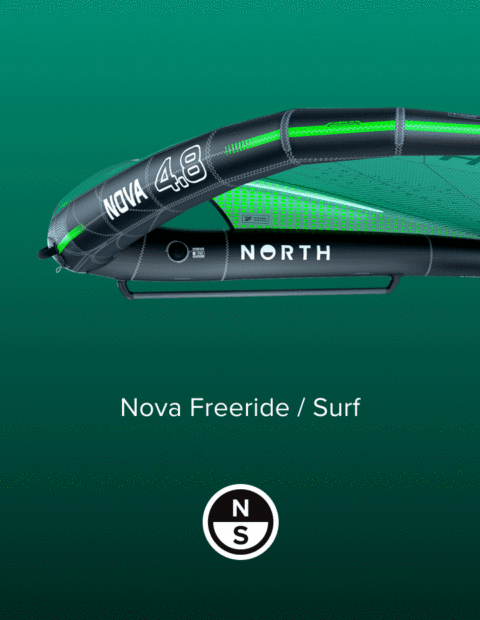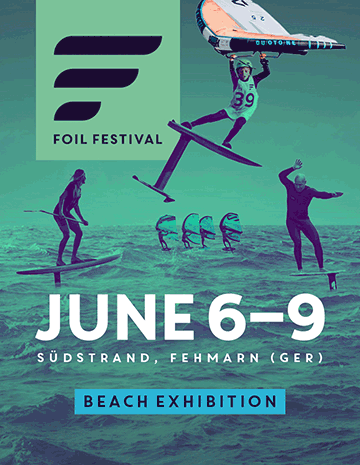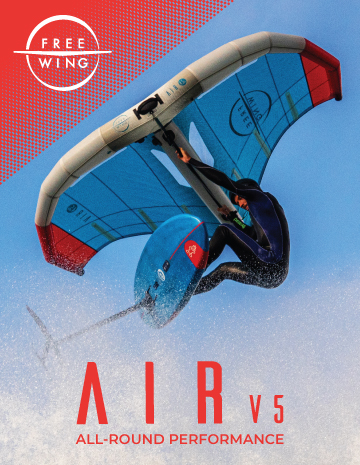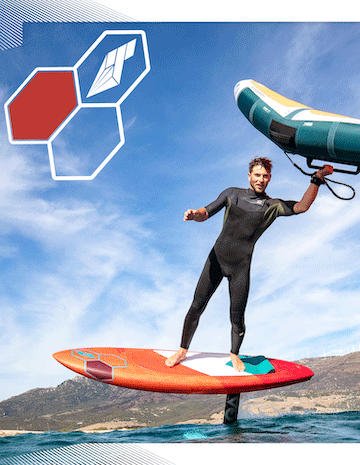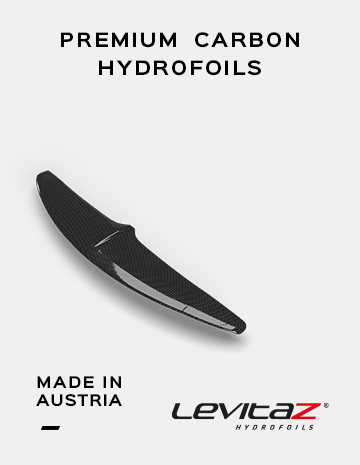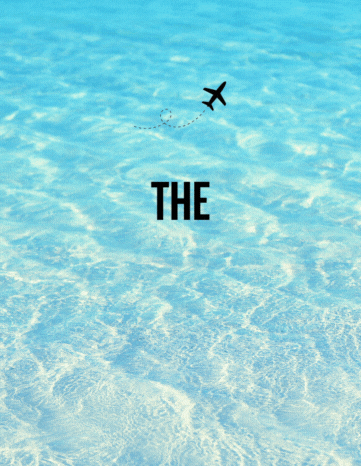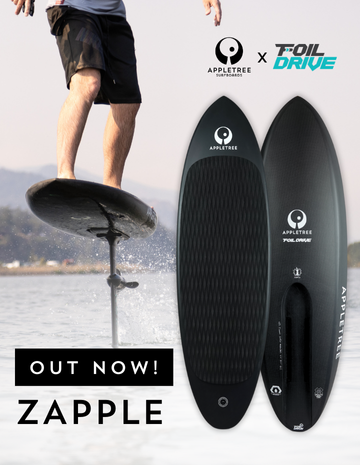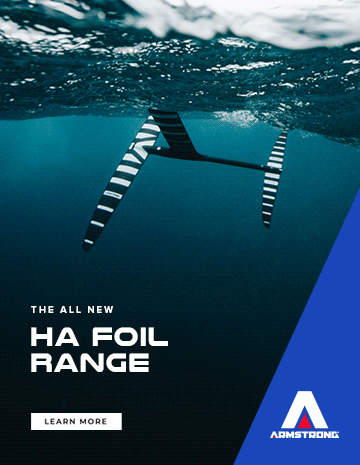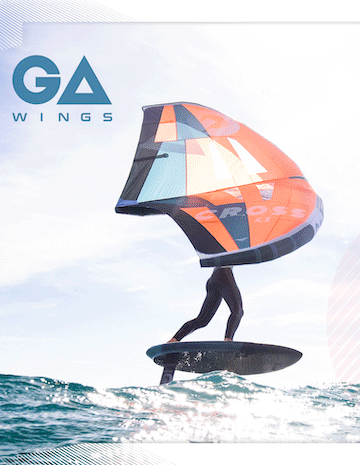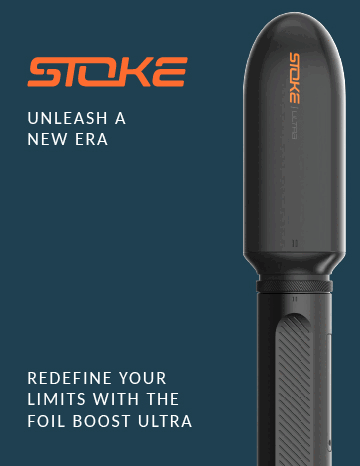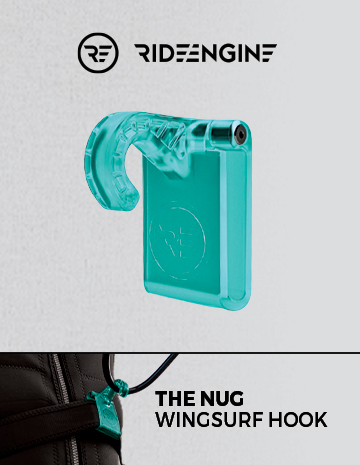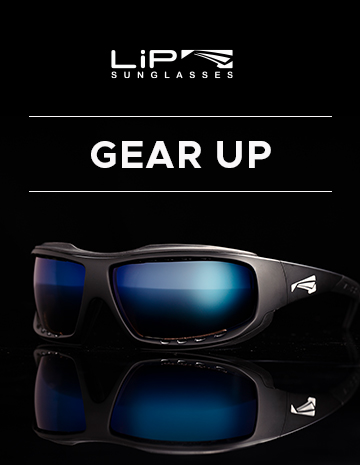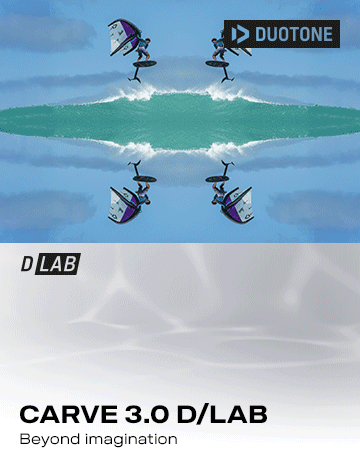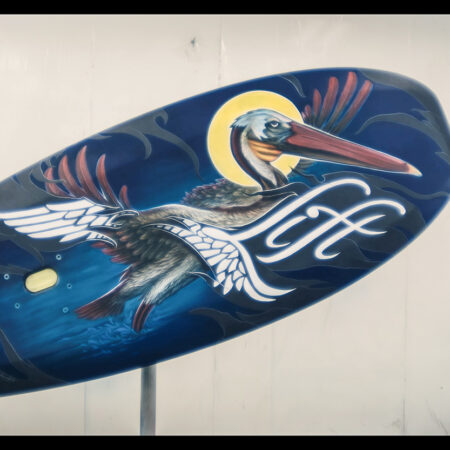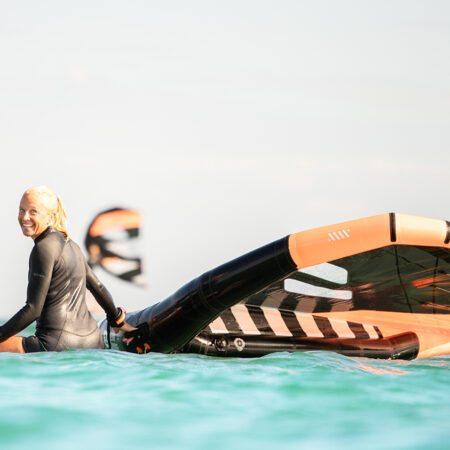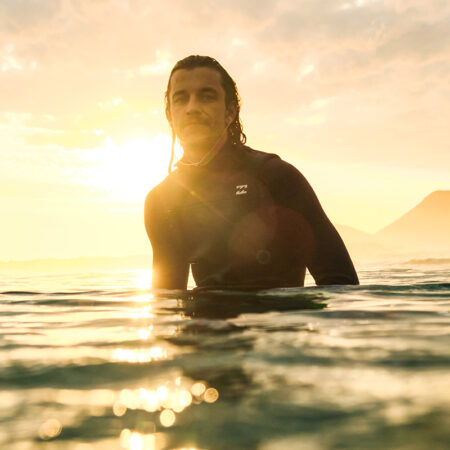The possibilities seemed endless. The primary swells for the area come from the north during the winter season. When the east coast is getting blasted with cold fronts and deep snow, the systems move out into the Atlantic, generating clean swells for the tropics, a few thousand miles away. Throughout the winter, three-to-six-foot swells are quite common, sometimes even coming into the eight-to-twelve foot range. When the storms up north are particularly spectacular, the south gets massive and yet remains absolutely clean. We knew that depending on what the weather did we could be in for some great adventure.
As it turned out, we were hit with less than average conditions and irregular winds. Part of the reason we were out there was to shoot our new 2023 Lift product lineup with our team of riders and photographers, so we were sort of nervous, but as it turned out, the surf was actually great. Just the feeling of discovering new places and being the only people out in the water, made us feel like legitimate explorers. We found tons of coves and reefs and, regardless of swell direction and wind conditions, we found we could always align ourselves in the right spots.
“It was questionable who was having more fun, the surfers or the team on board looking down from above, as Brian Grubb put on a show with his latest maneuvers”
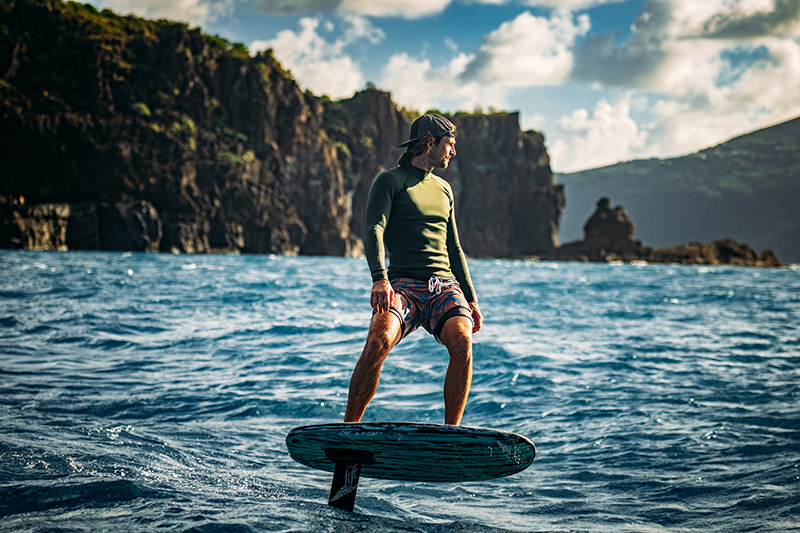
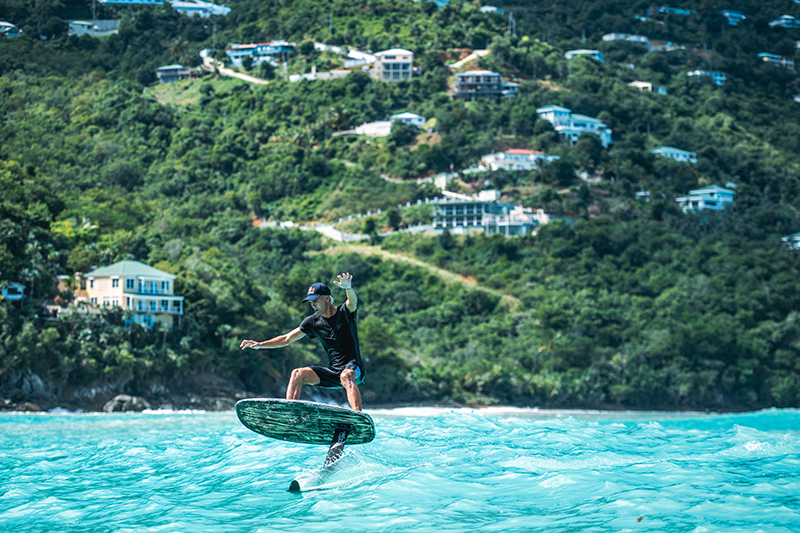
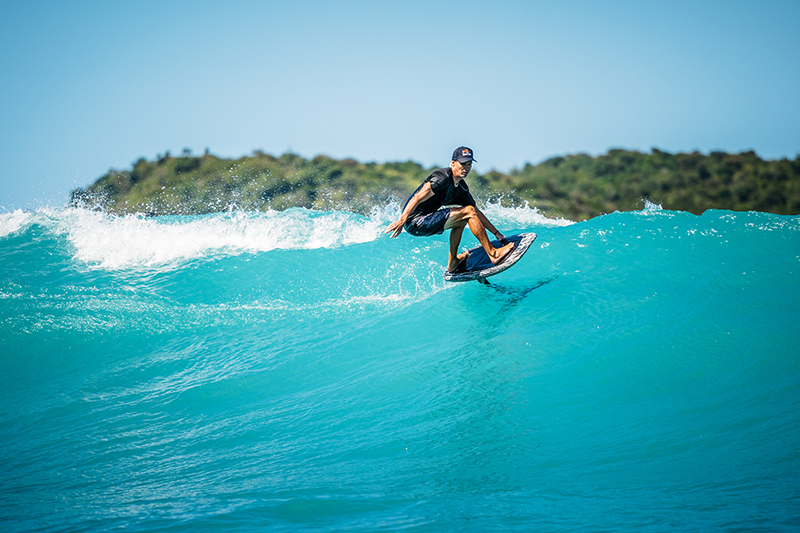
St. Thomas proved to be amazing. We hung with a bunch of local foiling addicts who joined us when the swell was overhead and we managed to catch some classic sessions at some of the better known left hand reef breaks. Pitchy, but not too hollow, the waves broke for a 100 meters or longer and allowed multiple bottom turns and a few high speed cut backs. Around the corner, we saw waves that had seldom been ridden, but that showed promise for long rides running parallel down the coasts of the small surrounding islands.
With so many islands scattered in the area, all sailing destinations are within a few hours or less and we were breezily able to make our way further east to St. John, where the current weather conditions were more suitable. St. John is about 75% national park and has tall green mountains that tower over incredible white sand beaches. It almost makes you feel like you might have stumbled into a Caribbean version of Tahiti, and in typical Tahitian form, it also offers outer reefs that are accessible by boat, with left hand slabs breaking into wide open channels. Again, we were able to sail up to this optimal surf setting and find that we were the only ones in it.
“As a rider, you feel like you could surf through the islands forever, with not a care in the world, to Puerto Rico and BEYOND…”
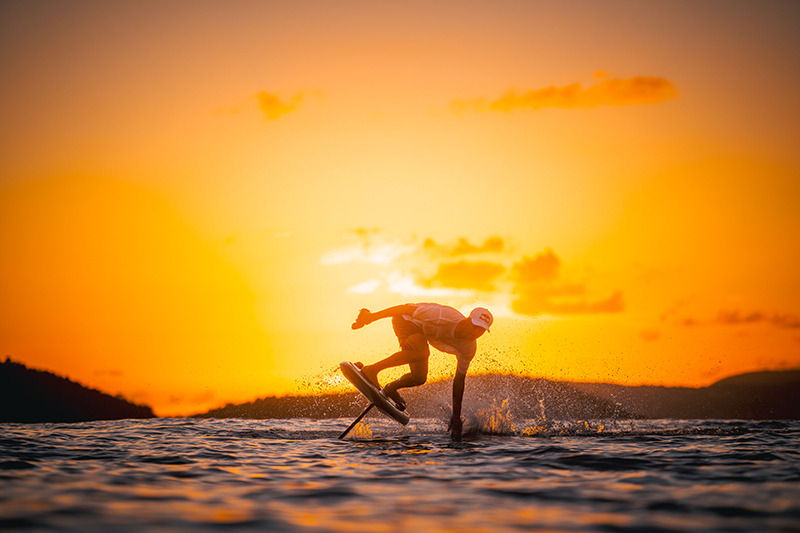
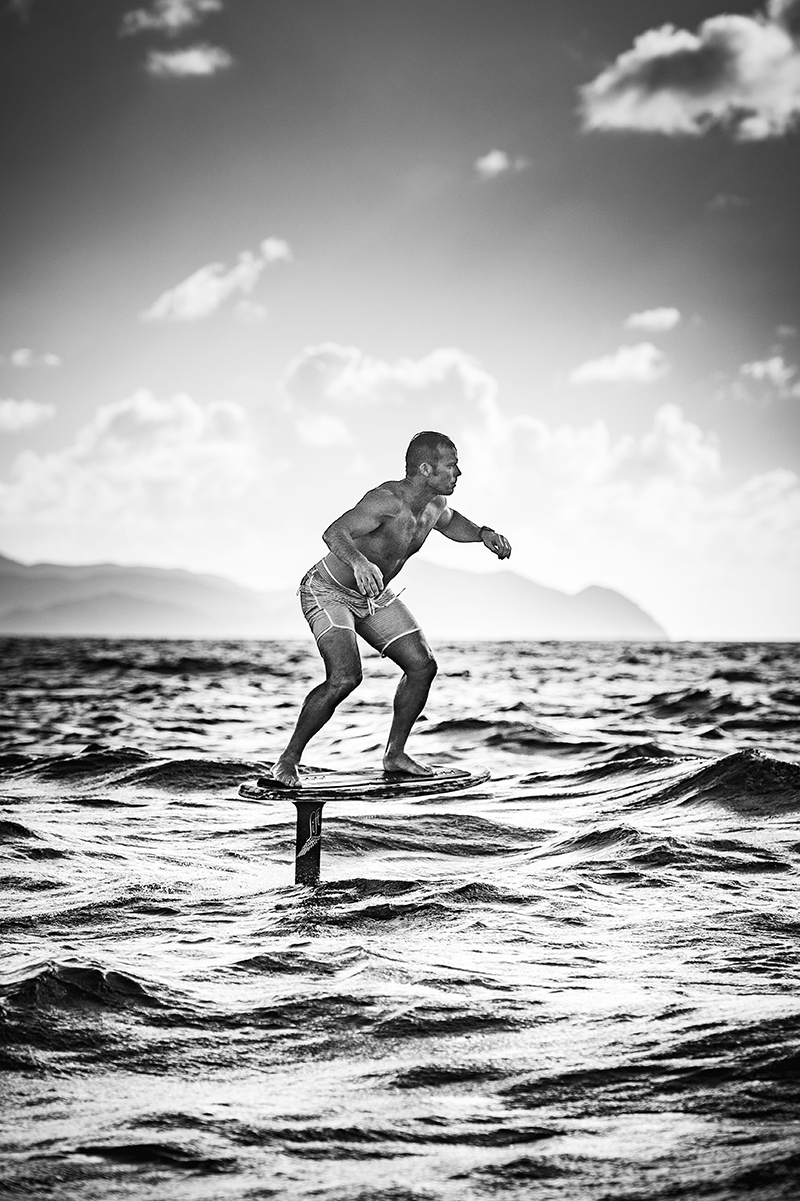
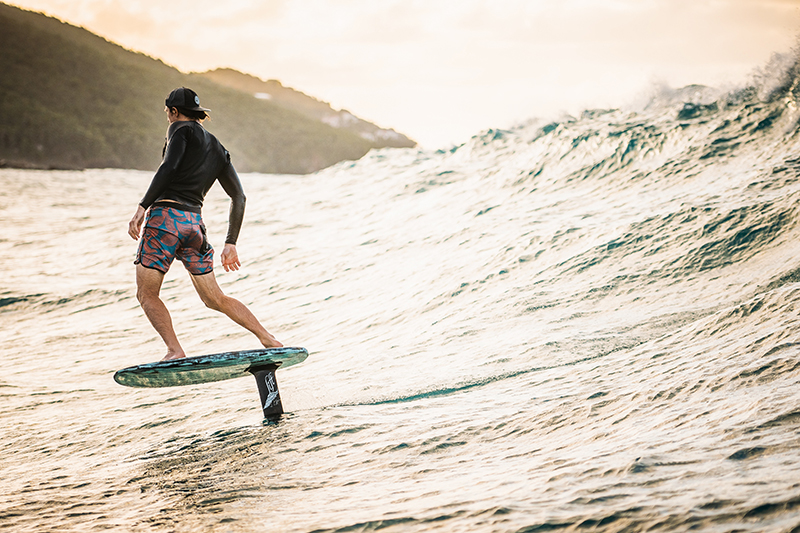
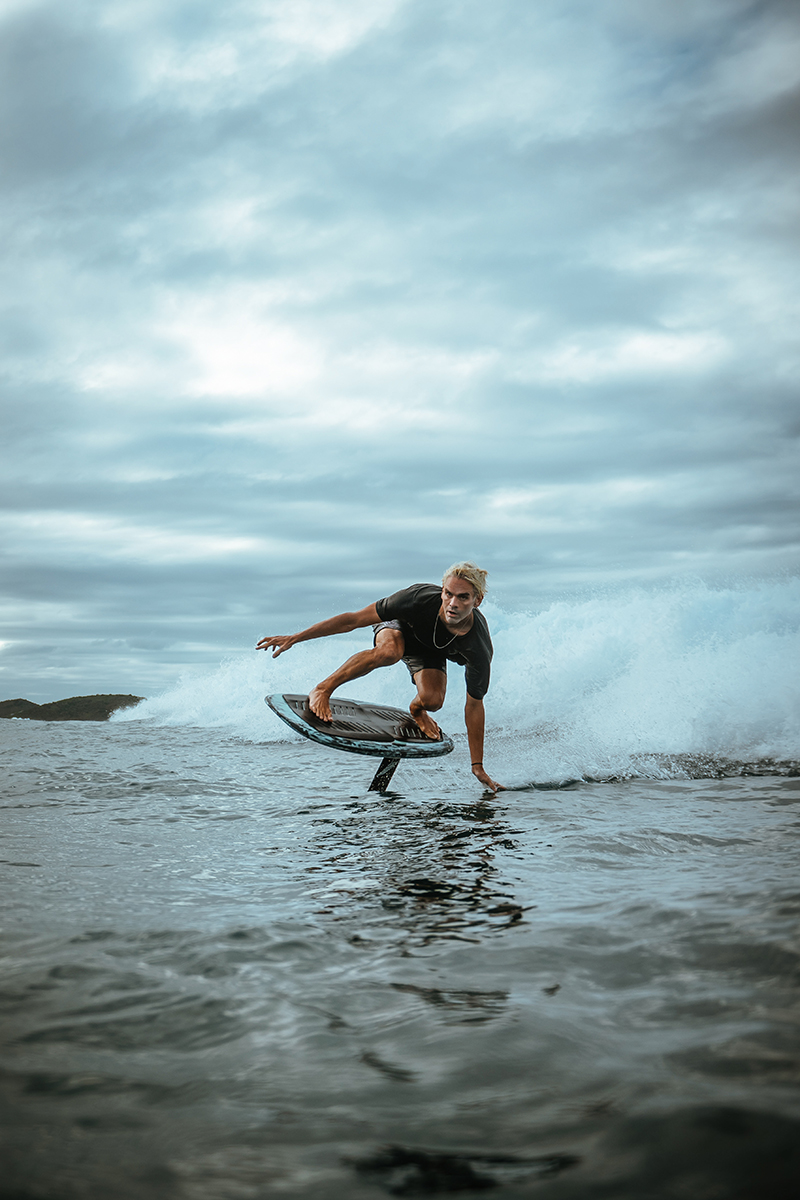
The Twin Flame put us right in the channel using its bow thrusters and created the ultimate venue for the family and friends watching from the second story crew deck. It was questionable who was having more fun, the surfers or the team on board looking down from above, as Brian Grubb put on a show with his latest maneuvers. The surf was wrapping around the reef, favoring the left handers, but also looking promising on the right. It was a very shallow area and going too deep threatened punishment if you weren’t able to make it out, but we pulled in deep, raced down the line, made a few bottom turns on the outside shoulder and then went into some classic high speed cutbacks as the waves wrapped around. On the inside, both the left and right sides of the waves had traveled around the reef to collide into each other, making for a few interesting inside carves with some serious backwash.
After St. John, we sailed upwind to the British Virgin Islands, arriving first in Virgin Gorda. We took advantage of the short trek and rode our eFoils alongside the yacht until we got to the Baths, a spectacular land formation of massive volcanic boulders piled on top of perfect white sand/crystal water beaches. It’s a magical place to ride eFoils and explore the miles of coastline and the features below the water. We spent a few days foiling, diving, hiking and nourishing our bodies with incredible food and company.
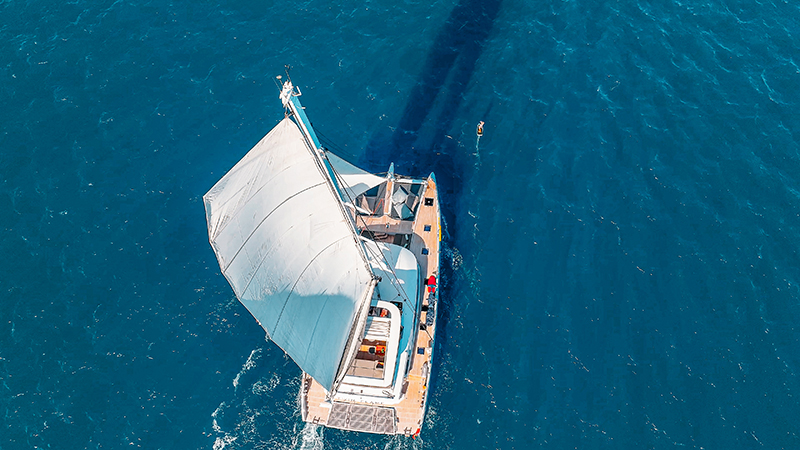
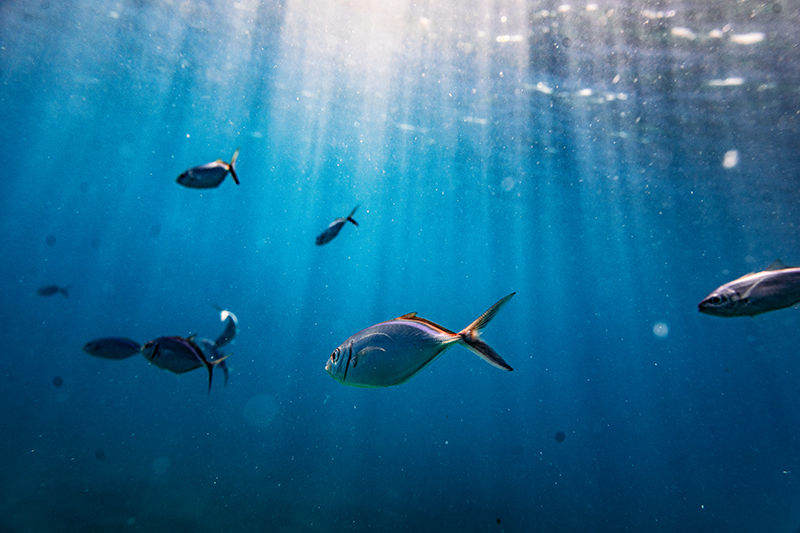
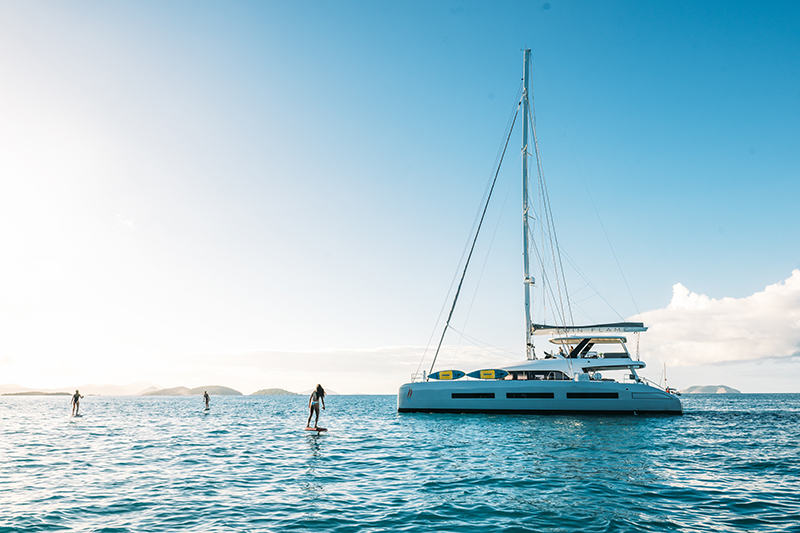
As our trip geared towards the final days, we sailed back downwind past Tortola. It was either a four-hour sail on the boat or four hours of prone downwinding with an incredible chase boat by our side. We decided to surf down the north coast, which is open to the Atlantic, and ride the easterly swells that were being generated by the trade winds, averaging 15-18 knots. As a rider, you feel like you could surf through the islands forever, with not a care in the world, to Puerto Rico and beyond. We talked about it being a great spot to do a Caribbean version of the Molokai paddle race, island hopping from one paradise to another. We passed the most beautiful landscapes, countless point breaks and coves, and marked a bunch of them for future adventures. Even though for now we were just sailing smoothly down the coast, we were growing excited to come face to face with the many northerly swells delivered in our winter season and some of the best right handers in the world.
Everyone was on cloud nine as the trip came to an end. We all recognized the immense potential for never-ending surf on some of world’s best waves, untapped in a tropical paradise. Everything was made even better by being aboard the Twin Flame. It’s always a pleasure to meet new people through such a fun sport. We left a few toys behind and agreed that this time next year, or when the swells peak and the yacht is free, a strike mission would be in effect. Now that the tools were in place, we could continue the exploration and discover other gems, just 30 nautical miles from the place we call home…
Now subscribe to the world's best foiling magazine!
To get the latest premium features, tests, gear releases and the best photojournalism in the world of foiling, get yourself a print subscription today!


